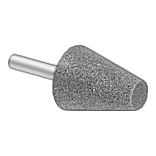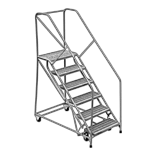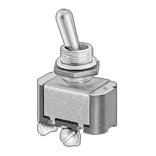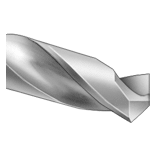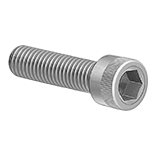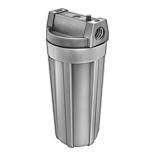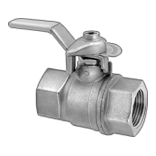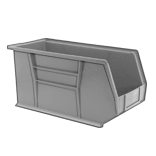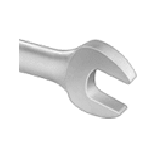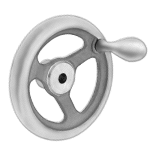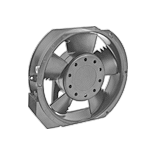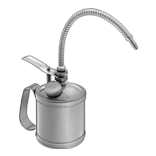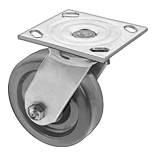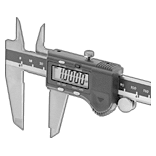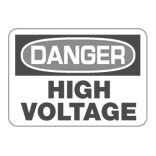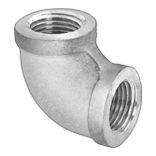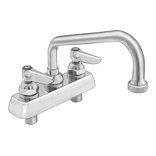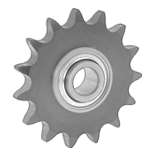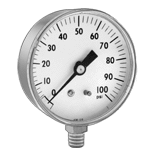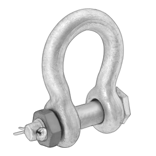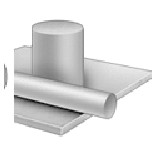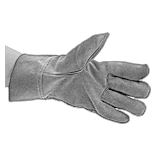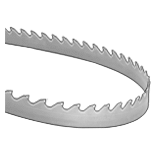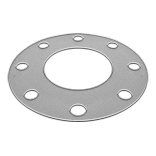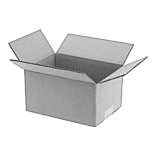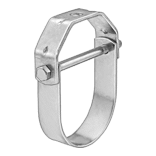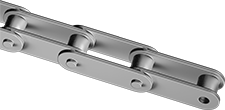Filter by
Roller Chain Trade Number
System of Measurement
Strand Type
Attachment Type
Material
Roller Chain Type
Roller Width
Chain Pitch Type
Chain Style
Roller Diameter
Chain Standard
Performance
Working Load
DFARS Specialty Metals
Export Control Classification Number (ECCN)
REACH
RoHS
Flat-Edge Roller Chain and Links
Roller Chain | Chain | Connecting Links | Adding Links | Adding-and-Connecting Links | |||||||||||||||||||||||||||||||||||||||||||||||||||||||||||||||||||||||||||||||||||||||||||||||
|---|---|---|---|---|---|---|---|---|---|---|---|---|---|---|---|---|---|---|---|---|---|---|---|---|---|---|---|---|---|---|---|---|---|---|---|---|---|---|---|---|---|---|---|---|---|---|---|---|---|---|---|---|---|---|---|---|---|---|---|---|---|---|---|---|---|---|---|---|---|---|---|---|---|---|---|---|---|---|---|---|---|---|---|---|---|---|---|---|---|---|---|---|---|---|---|---|---|---|---|
Trade No. | Std. | Pitch | Roller Dia. | Roller Wd. | Working Load, lb. | Per Ft. | Each | Each | Each | ||||||||||||||||||||||||||||||||||||||||||||||||||||||||||||||||||||||||||||||||||||||||||
Double Pitch | |||||||||||||||||||||||||||||||||||||||||||||||||||||||||||||||||||||||||||||||||||||||||||||||||||
Steel | |||||||||||||||||||||||||||||||||||||||||||||||||||||||||||||||||||||||||||||||||||||||||||||||||||
| C2060H | ANSI | 1 1/2" | 0.469" | 1/2" | 1,400 | 00000000 | 00000 | 000000000 | 00000 | 000000000 | 00000 | 000000000 | 00000 | ||||||||||||||||||||||||||||||||||||||||||||||||||||||||||||||||||||||||||||||||||||||
Corrosion-Resistant-Coated Steel | |||||||||||||||||||||||||||||||||||||||||||||||||||||||||||||||||||||||||||||||||||||||||||||||||||
| C2060H | ANSI | 1 1/2" | 0.469" | 1/2" | 1,400 | 000000 | 00000 | 00000000 | 0000 | 00000000 | 0000 | 00000000 | 0000 | ||||||||||||||||||||||||||||||||||||||||||||||||||||||||||||||||||||||||||||||||||||||
Corrosion-Resistant 304 Stainless Steel | |||||||||||||||||||||||||||||||||||||||||||||||||||||||||||||||||||||||||||||||||||||||||||||||||||
| C2060H | ANSI | 1 1/2" | 0.469" | 1/2" | 230 | 000000 | 00000 | 0000000 | 00000 | 0000000 | 0000 | 0000000 | 00000 | ||||||||||||||||||||||||||||||||||||||||||||||||||||||||||||||||||||||||||||||||||||||
Flat-Edge Attachment Roller Chain Links
Links | Chain | ||||||||||||||||||||||||||||||||||||||||||||||||||||||||||||||||||||||||||||||||||||||||||||||||||
|---|---|---|---|---|---|---|---|---|---|---|---|---|---|---|---|---|---|---|---|---|---|---|---|---|---|---|---|---|---|---|---|---|---|---|---|---|---|---|---|---|---|---|---|---|---|---|---|---|---|---|---|---|---|---|---|---|---|---|---|---|---|---|---|---|---|---|---|---|---|---|---|---|---|---|---|---|---|---|---|---|---|---|---|---|---|---|---|---|---|---|---|---|---|---|---|---|---|---|---|
Attachment | Roller Chain | Connecting Links | Adding Links | ||||||||||||||||||||||||||||||||||||||||||||||||||||||||||||||||||||||||||||||||||||||||||||||||
Style | Type | Trade No. | Std. | Pitch | Roller Dia. | Roller Wd. | Working Load, lb. | Each | Each | Per Ft. | |||||||||||||||||||||||||||||||||||||||||||||||||||||||||||||||||||||||||||||||||||||||||
Double Pitch | |||||||||||||||||||||||||||||||||||||||||||||||||||||||||||||||||||||||||||||||||||||||||||||||||||
Steel | |||||||||||||||||||||||||||||||||||||||||||||||||||||||||||||||||||||||||||||||||||||||||||||||||||
| A-1 | Tab | C2060H | ANSI | 1 1/2" | 0.469" | 1/2" | 1,400 | 0000000 | 00000 | 0000000 | 00000 | 00000000 | 00000 | ||||||||||||||||||||||||||||||||||||||||||||||||||||||||||||||||||||||||||||||||||||||
| K-1 | Tab | C2060H | ANSI | 1 1/2" | 0.469" | 1/2" | 1,400 | 0000000 | 0000 | 0000000 | 0000 | 00000000 | 0000 | ||||||||||||||||||||||||||||||||||||||||||||||||||||||||||||||||||||||||||||||||||||||
| SA-1 | Tab | C2060H | ANSI | 1 1/2" | 0.469" | 1/2" | 1,400 | 0000000 | 0000 | ——— | 0 | 00000000 | 0000 | ||||||||||||||||||||||||||||||||||||||||||||||||||||||||||||||||||||||||||||||||||||||
| SK-1 | Tab | C2060H | ANSI | 1 1/2" | 0.469" | 1/2" | 1,400 | 0000000 | 0000 | 0000000 | 0000 | 00000000 | 0000 | ||||||||||||||||||||||||||||||||||||||||||||||||||||||||||||||||||||||||||||||||||||||
